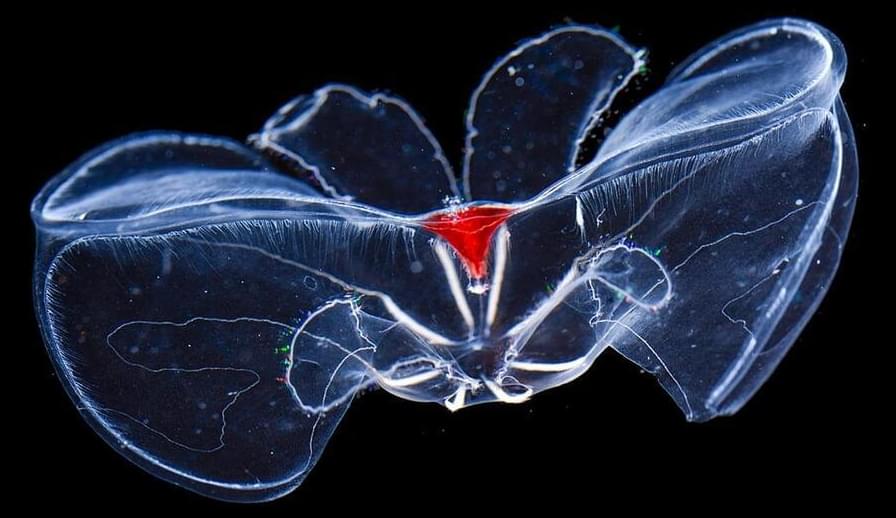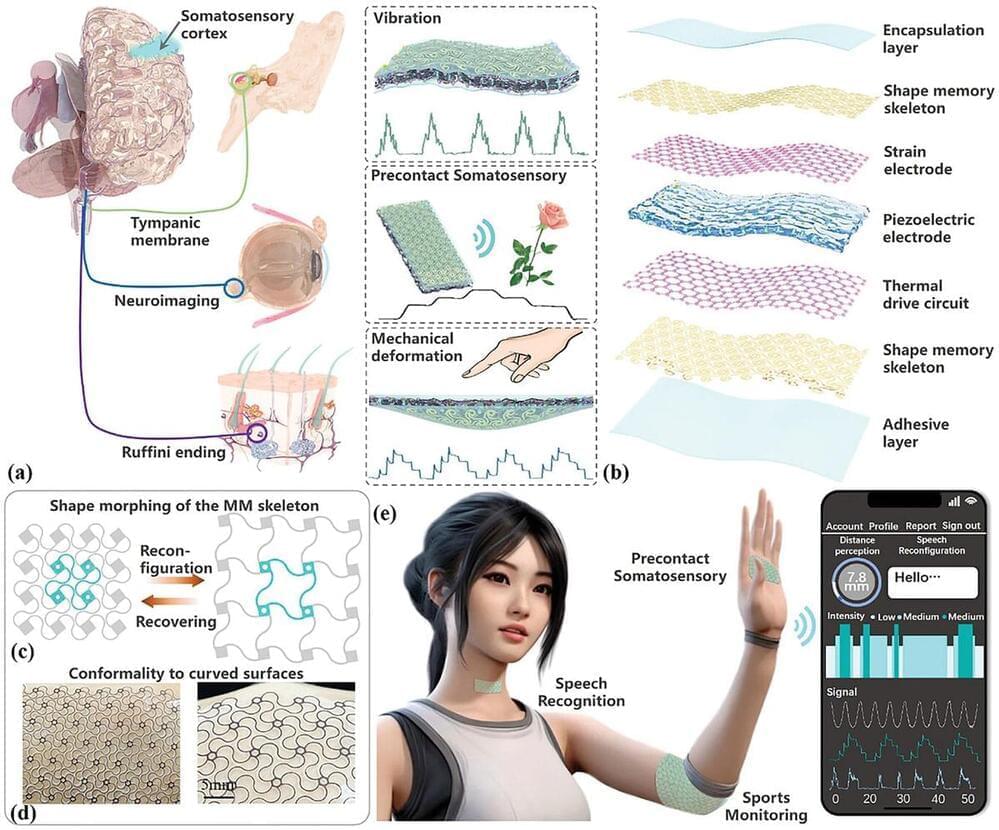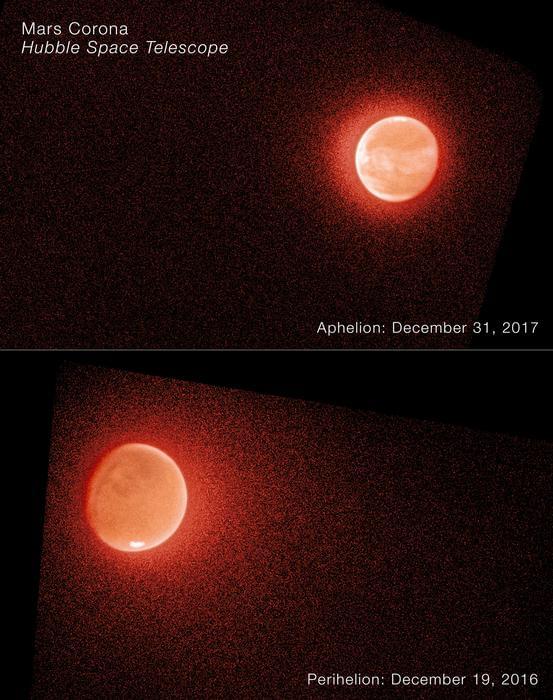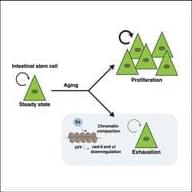Sep 9, 2024
East Africa’s FIRST Robot Cafe Just Opened in Nairobi
Posted by Omuterema Akhahenda in categories: food, robotics/AI
I have been off Facebook, will leave again because I always get harassed by Facebook. I haven’t used it ib months, and I already have broken ubknown rules🙄. I did share info to Lifeboat via e-mail. I think I will join X like everyone else…but this was a cool video.
No, this is not Japan but Kenya! East Africa just got its first ever Robot restaurant and it is located in Nairobi. This really fun cafe style eatery is ideal for families with kids as the young ones will simply love the robot waiters.
Continue reading “East Africa’s FIRST Robot Cafe Just Opened in Nairobi” »


















